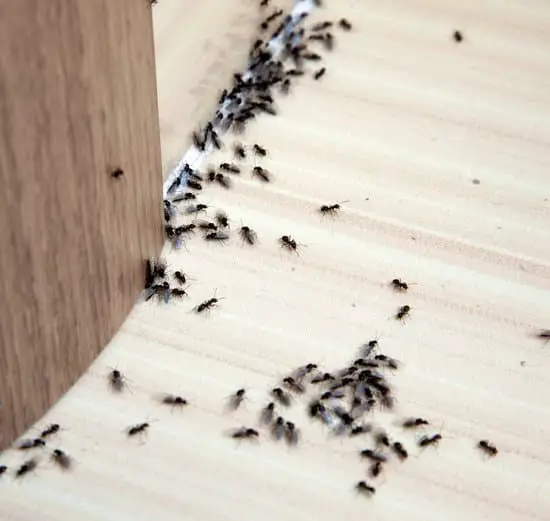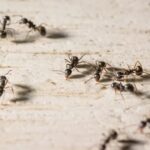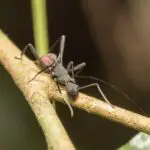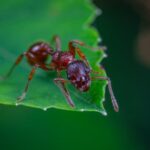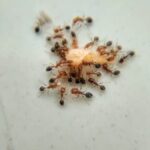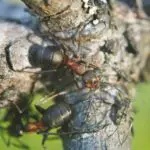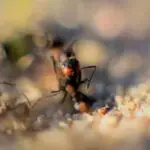How Fast Ants Reproduce
Despite their small size, ants can reproduce at astonishing rates. A single ant can lay hundreds of eggs a day, while new colonies can develop in just a few weeks. How fast ants reproduce is dependent on the species, the weather, and the environment. A few of the most prolific breeders are leafcutter ants.
During their life cycle, ants pass through four stages. They start off as larvae with no legs, but with antennae and microscopic hairs. In this stage, they molt several times until they metamorphose into pupae. These pupae can spin protective cocoons.
After hatching from an egg, the larvae are fed by the queen. This stage can last for seven to 14 days. The larvae then molt into pupae that are similar to the pupae of an adult ant. The pupae can remain uncovered, but can spin protective cocoons.
Some ants are considered pests and are regulated by biological control agents. But, they are important to ecosystems, as they help disperse seeds and improve soil quality. They can also contribute to human health by pollinating plants.
While many species can reproduce with multiple ant queens, some are monogyne. That means the queen produces males and females. When the queen dies, the colony dies with her. In some species, the queen produces winged males and females. These ants have wings but die when they mate.
The leafcutter ant queen can produce over 100 million workers in a 14-year life span. Another species, the fire ant Solenopsis, has a large population and has a short life span.
